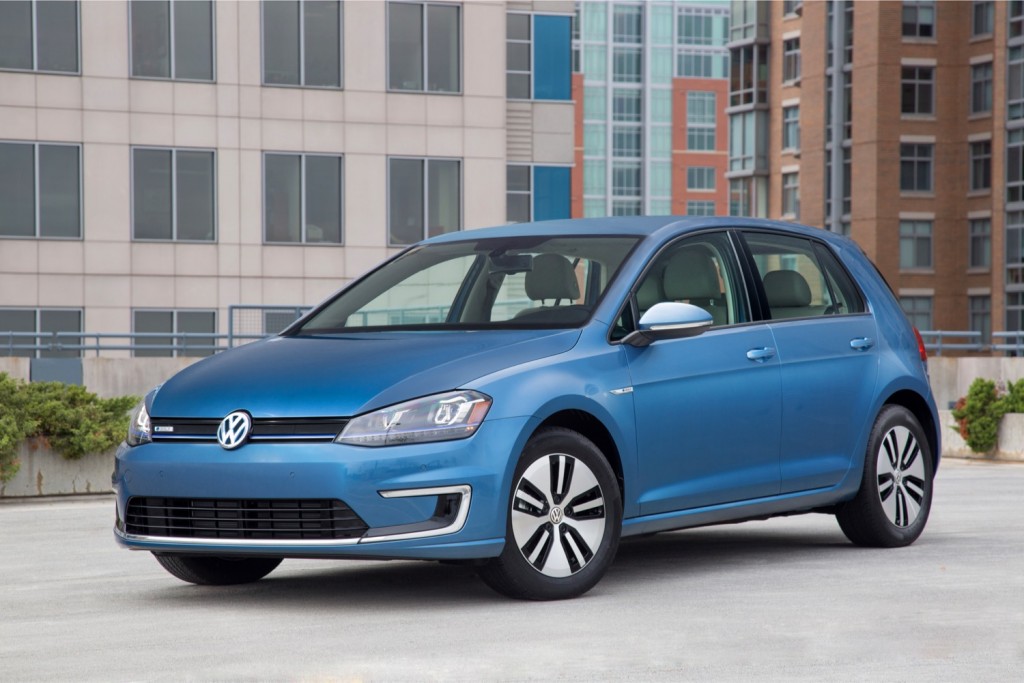Onboard accessories can be a major drag on the efficiency of cars.
While it's hard to imagine a new car being sold without heating or air conditioning, these systems draw a not-insignificant amount of power.
And electric cars particularly, that can have a negative impact on range.
DON'T MISS: Wintry Michigan: Not The Best Place To Drive An Electric Car?
Researchers at Germany's Fraunhofer Institute hope to mitigate that impact with a prototype heating system to be demonstrated at the 2015 Frankfurt Auto Show.
The system uses a "film-based panel" that researchers claim is more efficient than conventional electric heaters.
The film is coated with a thin layer of conductive carbon nanotubes (CNTs). When electricity flows through the film, the CNTs create resistance, generating heat.

2015 BMW i3
This helps reduce weight, and allows heat to be more efficiently dispersed into the cabin, researchers say.
Heat is distributed evenly over the entire surface of the film, and those surfaces cool down very quickly when the system is shut off, they claim.
ALSO SEE: Volkswagen e-Golf Climate Control: How Much Does A/C Impact Range?
Replacing conventional heaters with this setup could also be a boon to those in charge of packaging car interiors, in theory.
Many electric cars currently rely more heavily on heated seats and steering wheels--rather than full cabin heating--to cut energy consumption and maintain range.
But the Fraunhofer researchers claim a more expansive heating system is actually more necessary in electric cars, because less heat is generated by the powertrain, compared to an internal-combustion car.

2016 Volkswagen e-Golf
But researchers hope to eventually develop a spray-on film, which could be applied more quickly and more evenly.
MORE: Electric Cars In Winter: Six Steps To Maximize Driving Range (Jan 2013)
However, this technology will likely remain in the laboratory for now.
No manufacturers have publicly shown interest in it, and promising test results do not inevitably lead to commercial viability.
[hat tip: Hugh Crawford]
_______________________________________________












